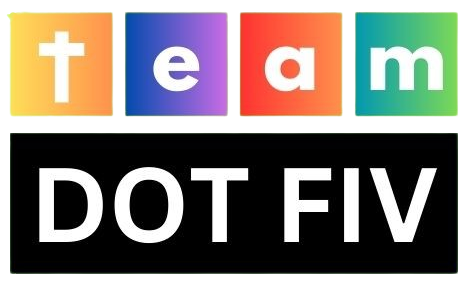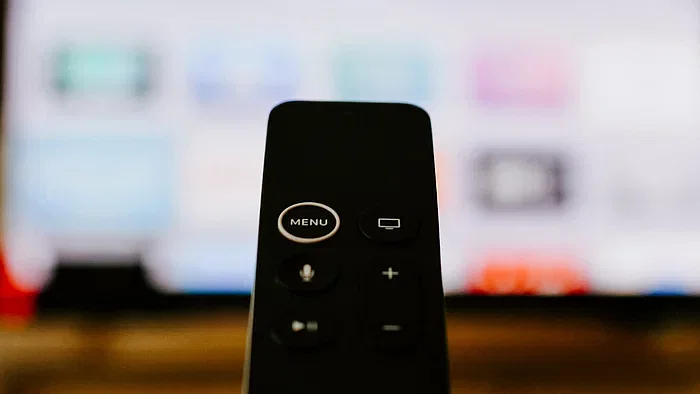Brands have traditionally used a fictional character created especially for self-promotion and marketing. One instantly thinks of the mascots of iconic brands, such as Parle-G, Vodafone, Amul, and so on.
Do you recall Amul’s “Amul girl” and its iconic print advertisements? The advertisements connect in with the top dairy product brand while offering a satirical reflection on current affairs.
“Amul girls,” such as Air India’s “Maharaja” or “Parle-G girl,” are easily recognizable and have established themselves in Indian popular culture. However, not many companies have worked particularly hard to create and maintain a mascot in recent years.
Nonetheless, using mascots to advertise products has recently been reintroduced by a few Indian startups and more well-known companies. Their goal is to align them with the image of their brand. Among these brands are Dunzo, Keventers, and Sleepy Owl. When compared to brands who choose more traditional approaches, such as working with influencers or endorsers, the number is lower.
This prompts the following queries to be raised: Is mascot marketing still relevant in the modern world? Do emerging businesses still think it makes sense to invest in a corporate mascot in this day and age, when a brand’s identity is more closely linked to its logo and color scheme? Is using influencers to consistently support products a better tactic than using mascots?
afaqs! contacted professionals in the field to hear their thoughts on the continued value of brand mascots.
Prabhakar Mundkur, a former chief mentor of HGS Interactive and independent advisor and consultant
Mascots are, in my opinion, the storytellers of brands. It is a key figure that keeps on spreading the personality and message of the brand. There’s a case to be made for older brands having more mascots than modern ones. However, the majority of worldwide brands might be considered outdated.
For example, there is “Colonel Sanders” for Kentucky Fried Chicken (KFC), “Michelin man” for Michelin, or, in the case of India, “Maharaja” or “Amul girl” for Air India.
Influencer endorsements aren’t more effective, in my opinion. This is due to the fact that influencers are fleeting and undergo annual changes. Mascots are kind of ageless. If you have an excellent one, they are enduring forever. I think it’s fantastic when companies use mascots, like Sleepy Owl.
Mundkur Prabhakar
Why not give something that has been successful for so many decades and so many brands a try? The majority of marketing techniques are essentially trends, and as we all know, fashion trends tend to recur. Thus, perhaps mascots are in again.
Former Dunzo brand lead and independent brand consultant Sai Ganesh
Mascots are still significant today. It all comes down to how brands use people as an asset. The key question here is whether companies utilize mascots in a campaign to address a specific business issue or if they are just using them because they are adorable and careless. They have the potential to be extremely successful if the former is true. However, if mascots aren’t used effectively, they usually wind up becoming dead weight assets for the brands.
Visual mascots are very helpful in communicating with a larger audience for whom language is a barrier, which is something that brands should consider. Mascots used just for advertising, however, are not very effective. That has been the case, at least, lately.
Salutations to Sai Ganesh
Our main goal with Dunzo was to interact with our delivery partners via the partner app. Mascots were employed to aid in their comprehension of the overall procedure. Mascots have the ability to say and do things that influencers and ambassadors would not be able to, therefore they were very useful on social media.
Cartoonish characters, in my opinion, don’t truly inspire trust, which is a major problem for more recent corporations trying to establish rapport or trust with their target audience. Traditional legacy businesses are more relatable since they have spawned numerous famous moments over the years.





 No products in the cart.
No products in the cart.